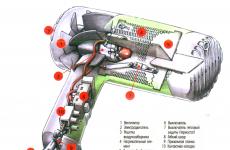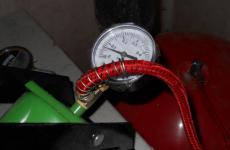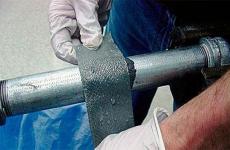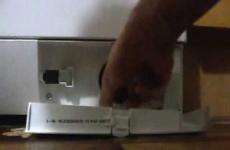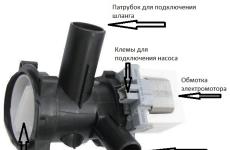If the pressure in the heating system drops: procedure
In some cases, the pressure in the heating system drops. In order to eliminate the difference, timely measures should be taken quickly. Fluctuations in compression indicators lead to breakdowns of heating devices up to the complete cessation of their operation. In order to eliminate the causes of the malfunction, some theoretical foundations should be studied. This will help you understand why the problem occurred.
Pressure control elements in the heating system
Types of pressure
In a closed heating system, there are several types of pressure:
- static;
- dynamic;
- acceptable working.
Static compression reflects the force that the coolant has at rest. The indicator is determined by the height of the water column. Dynamic pressure occurs when the coolant moves. This indicator affects the walls of heating pipes. The permissible working compression reflects the maximum possible total pressure. It should not be exceeded.
The pressure drop is determined by the difference in compression values in the return section and the supply section.
Pressure values
In the case of autonomous systems, the compression indicator should be within one and a half to two atmospheres. A value of three atmospheres will already be critical and will lead to depressurization and breakdown of heating devices.
When pumping liquid, the pressure should not exceed one and a half atmospheres. You need to understand that when the system warms up, the coolant increases its volume according to physical laws. Then the pressure will increase to the optimal operating value.
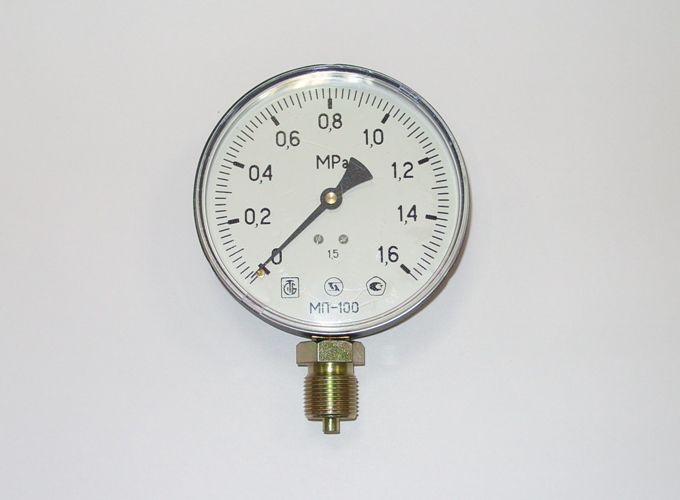 Pressure gauge for determining pressure indicator
Pressure gauge for determining pressure indicator To maintain optimal pressure in the heating system, expansion tanks are provided to prevent excessive pressure increases. They begin to be used when a compression of two atmospheres is achieved. Excess coolant during its expansion is taken into expansion tanks.
If the volume of the expansion tank is insufficient, an increase in the compression value to critical values may be observed.
To correct this problem, safety valves are provided. They release excess coolant, maintaining the operation of the heating system of the house within normal limits.
The operation of safety valves with incorrect calculation of the volume of the expansion tank in some cases leads to a decrease in the compression value.
Why does blood pressure drop?
It is important to understand why the compression ratio decreases. A decrease in pressure in the heating system can be caused by the following factors:
- boiler malfunction;
- leakage in pipes;
- Leaks in heating appliances.
When checking the heating system, you should consistently examine the tightness of the pipeline, radiators, and also check the serviceability of the boiler equipment. This will allow you to determine the level of the problem and take timely measures to eliminate it.
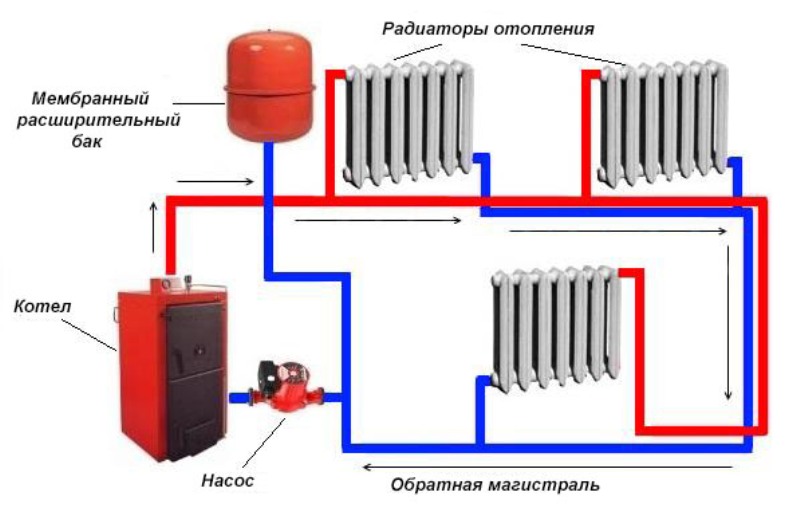 Diagram of a closed heating system
Diagram of a closed heating system The diagram shows an example of a closed-type heating system. It includes: a heating boiler, radiators, an expansion tank, a pump, and a pipeline. Blue and red lines show the movement of heated and cooled coolant through the pipeline. Knowledge of the design of the heating system of a private home will help in determining the reasons for the drop in compression indicators.
Finding leaks
The method for searching for coolant leaks depends on the type of pipe routing in the heating system of a private home. With an open heating pipe layout, identifying the location of the leak is not so difficult. The quality of installation of heating pipes and the tightness of the connection of each element should be assessed. Water under pipes and heating radiators indicates a leak.
Sections of the heating device must be carefully inspected to detect traces of corrosion. Traces of rust on radiator devices indicate damage.
When the compression decreases in a heating system with hidden piping, it is quite difficult to identify the location of the leak. To do this, you need to call a plumber who, using professional equipment, will determine the location of the leaking section of the pipe.
After this, the coolant should be completely drained. To make this feasible, when designing the heating system of the house, the installation of a drain valve is provided. After draining, air is pumped into the pipeline using a compressor. Before this, it is necessary to cut off the boiler and heating radiators using taps. The air that enters the pipeline under pressure is released with a characteristic sound in places of weak connections and microscopic cracks.
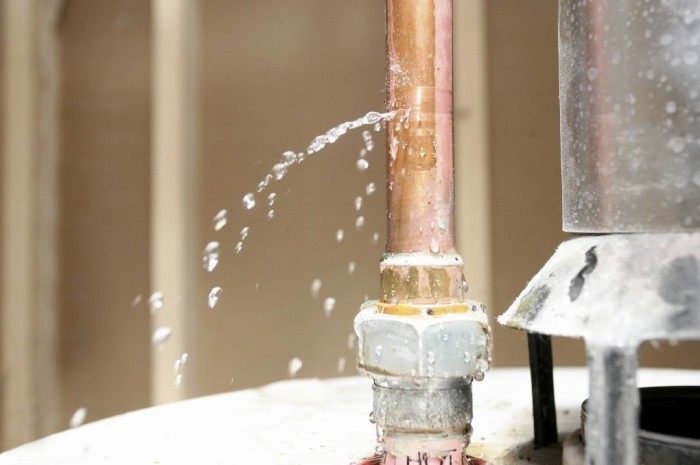 A leak in the pipeline is the most common cause of low pressure
A leak in the pipeline is the most common cause of low pressure Repairing the leak
After identifying the location of the leak, the necessary repairs are carried out, which includes the following actions:
- cutting out and replacing the damaged section of the pipeline;
- securing weak connections;
- wrapping with sealing tape;
- replacement of faulty system components with working elements.
Repairs to broken pipes should be carried out by a qualified plumber. If the pressure loss is not determined, then you should check whether the boiler equipment is working properly.
Determining the health of the boiler
Boiler equipment is examined by an engineer with the appropriate level of qualifications. The constant and slow decrease in pressure, which is recorded by the boiler pressure gauge, should require periodic replenishment of the system. A boiler malfunction is possible in the following cases:
- the appearance of microscopic cracks in the heat exchange unit;
- damage due to water hammer;
- breakdown of the make-up valve.
It should be understood that after turning on the heating boiler, a decrease in compression in the system is observed for several days. This is a normal phenomenon and may be due to the presence of air dissolved in the water in the system. It is eliminated over time automatically or by manually de-airing the batteries.
For some time after switching on, you should frequently recharge the heating system to bring the compression values to acceptable values. If the operation has already exceeded a month, but the pressure in the heating system still drops, the volume of the expansion tank was incorrectly calculated. This is why the safety valve is activated and the liquid is released. As the water temperature decreases, a decrease in pressure is observed. If the volume of the tank is calculated correctly, but the compression still decreases, areas of depressurization should be determined.
Competent expert advice on what to do if the pressure in the system drops is presented in this video.
Thus, a decrease in pressure is caused either by leaks in the heating pipes, or by incorrect operation of the boiler, or by incorrect calculation of the volume of the expansion tank. When the pressure decreases, all these factors should be checked and eliminated if detected.
You should not try to fix the problem yourself unless you have professional plumbing skills. Only an experienced specialist will quickly determine the location of the problem and be able to take measures to eliminate it.
In contact with

